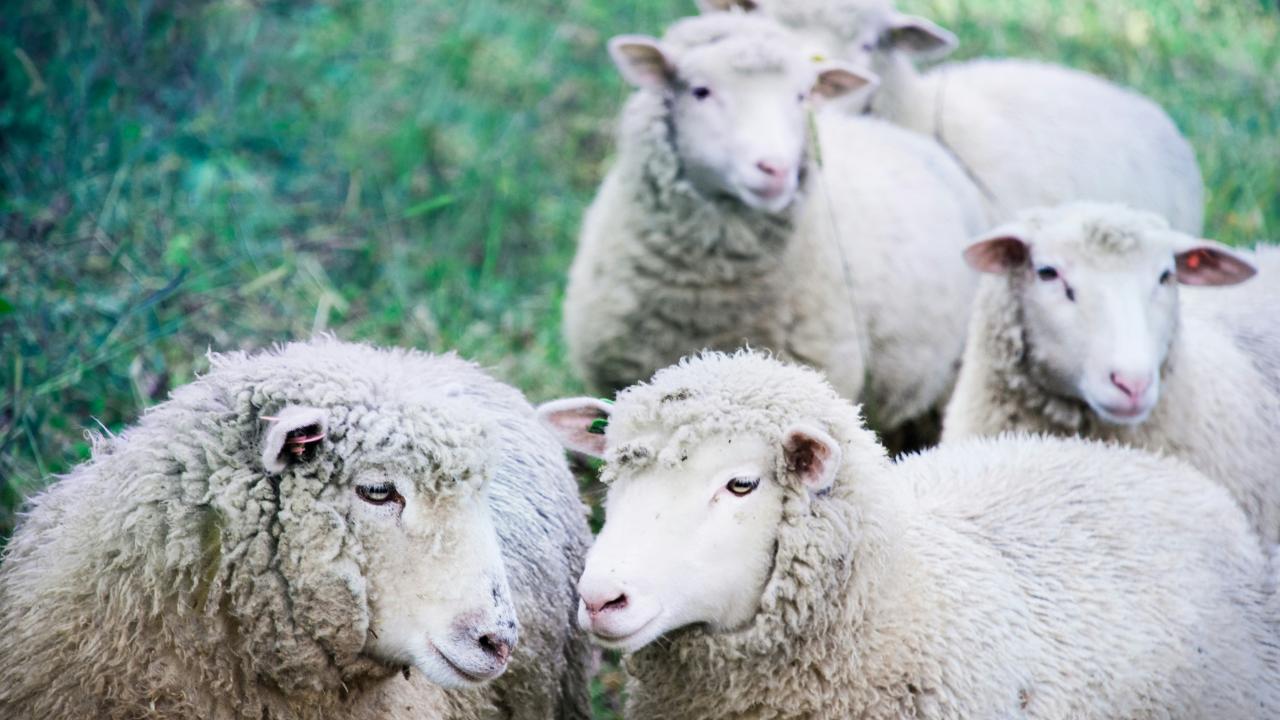Wool Report - A year of going nowhere fast

FIRM/unchanged again for the Australian wool market last week, at least as measured by the AWEX EMI as the final sale of the season wrapped up.
Low supply kept prices near stable as has been the case for all of this calendar year now, although Merino fleece prices continue to vary greatly dependant on yield and the overall market indicator was boosted somewhat by the crossbred and carding indicators increasing to offset the small declines in the Merino fleece segment.
For the 24/25 wool selling season there was an increase overall of 80-odd cents for the EMI, but lots of different fluctuations within an otherwise tepid market environment.
Superfine wool increased on average by 30 cents a kilo, but again the best style lots were probably more than a dollar dearer and averaged back by the poorer style wools, of which there were plenty.
19-micron, which is the bulk Merino type these days increased by 120 cents to close around 1500 cents, which is pretty much bang-on where the 19.0 micron futures were predicting 12 months ago.
Medium Merino growers have seen their segment roll even further ahead of expectations as the 30 per cent reduction in supply of these wools took effect and today’s price for a good quality 21-micron wool is currently a full 150 cents ahead of last year.
Crossbred growers are hardly rejoicing, but at least they now have reason for a wry grin with their wools also 80-odd cents higher than last year, but of course the meat price is more significant and that too seems to be slightly better of late.
No doubt many growers still wonder if they will see more upside in the market and the answer is undoubtedly yes, but the question is when.
Again looking back to the beginning of the season in July 2024 and we all had expectations for an improvement in the second half of the year.
Wool prices have increased marginally but demand remains stubbornly flat.
There are obviously a number of reasons one can point to but it does seem like just as the global consumer climbs over one fence, another hurdle emerges.
This time last year national elections were being held over most of Europe and the UK, and, of course, the America election circus was in full swing.
All that had been sorted by the end of the northern summer but inflation would just not go away.
The Trump Presidency has brought with it the expected chaos and turmoil but realignment of world trade agreements via the tariff saga will perhaps be solved in the next 10 days.
The ultimate imposition on the consumer will probably be less than what occurred during the whole Covid supply chain interruption process, but the process of getting there is messy.
No doubt manufacturing and world trade will look a lot different in five years’ time, but for the wool industry perhaps it represents an opportunity to reconfigure and relaunch.
While protectionism has been a much-maligned term for decades, producing a high-quality, high-performance, stylish Merino garment does not lend itself to least-cost, sweatshop type of manufacturing.
Moving out of the mainstream apparel industry and the trends they follow will not be the worst thing for the Merino industry, particularly when production around the world is falling and niche fibre status beckons.
Having a garment made in the country of final consumption and marketed as such may become more of a thing and this will suit the Merino industry.
Possibly the current turmoil represents a good chance to upend tradition and create two distinct fibres instead of continually lumping all wool together.
There is some merit in drawing a line between Merino and broad wool and calling them different fibres because they are and they can then be marketed differently.
The industry now has the traceability tools to certify Merino as Merino and preclude blending to make the product cheaper which is an inherent habit, but which also devalues much of the good marketing efforts done in the name of Merino.
No doubt there will be plenty of opposition to such a radical classification, but mostly from those on the wrong side of the line and the industry needs to do something to pump up the tyres again.
The wool industry has done everything possible to set itself up for success, ticking all the boxes consumer groups require apart from the most radical who will never be placated.
The environmental credentials of the fibre are unparalleled, the performance characteristics of the garments becoming more recognised every day, and the traceability building blocks are all in the shed ready to be used when someone actually requests them.




Add new comment
Comments
Wool prices
Hi I’m a spinner weaver dyer and decided to totaly turn my ecommerce store to all Tasmanian wool products .
Perhaps more product all Australian for artisans could have lists of small breed farms to encourage more of us to by direct fleeces . As most of us are teachers our students would by direct too .
We may be only a small minority but we try to make a difference too